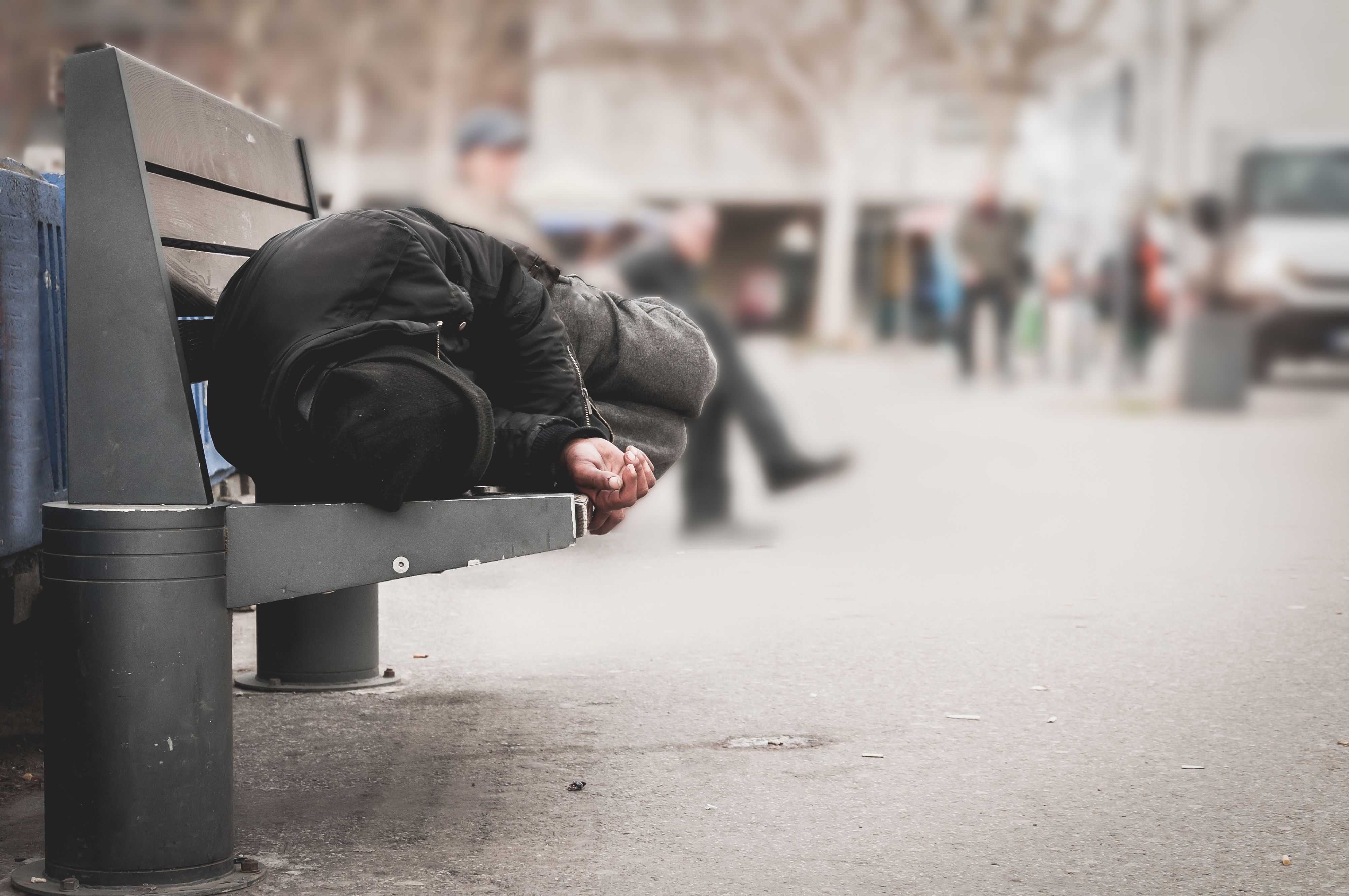Homeless and unhoused individuals experience a strong association with dermatologic skin disorders.
Previous research on this subject has determined a linkage between one’s living situation and their risk of dermatologic concerns, including disproportionate prevalence rates of bacterial and fungal skin infections1, psoriasis, atopic dermatitis, and seborrheic dermatitis.
However, in a recent study2, a group of researchers in Denmark said the associations between homelessness and skin conditions remained unclear, leading them to conduct the study. They also said knowledge about the subject is lacking and limited, especially with regard to specific skin conditions. In the specific instance of this study, researchers said that nationwide, research and knowledge were also limited.
“Overcrowding, poor hygiene, psychiatric disorders, and homelessness have been linked to increased risk of skin conditions,” the study authors wrote. “Globally, skin problems are among the most prevalent and disabling diseases with high burden to individuals, health systems, and societies.”
Researchers collected data from a nearly 20-year period. They included all relevant data from Jan. 1, 1999, to Dec. 31, 2018, utilizing national administrative, health, and social registers. Individuals included in the study (n=5,054,238) were 15 years of age and older, of Danish origin, and had lived in Denmark at some time during that period.
Of all participants included in the study, 0.7% had experienced homelessness and 15% had received a skin-related diagnosis.
Researchers divided patient diagnosis locations into multiple subgroups, including dermatological, non-dermatological, and emergency room settings.
Researchers sought to determine the number of hospital-based diagnoses of skin conditions, particularly in the following areas:
- Alopecia
- Bullous disorders
- Dermatitis and eczema
- Erysipelas
- Follicular disorders
- Impetigo
- Lice
- Mycosis
- Nail disorders
- Neoplasms
- Other infections of the skin and subcutaneous tissue
- Papulosquamous disorders
- Scabies
- Sexually transmitted diseases
- Ulcers
- Urticaria and erythema
Researchers broke several skin conditions (see sidebar) intosubgroups, including acne, atopic dermatitis, hidradenitis suppurativa, keratinocyte cancer, malignant neoplasms, psoriasis, and rosacea.
Homeless individuals had a 2.31 times higher incidence rate ratio (IRR) of a diagnosed skin condition. This IRR was even higher for diagnoses made in non-dermatologic or emergency room settings.
At the conclusion of the study, researchers found a strong association between homelessness and prescribed medications for those skin conditions. They found that homelessness could be associated with increased IRRs for prescriptions such as antihistamines, antivirals, and scabies treatments.
Researchers also determined that homeless individuals were at a higher risk of skin disorder diagnoses in non-dermatological and emergency room settings.
Additionally, they found that the higher the amount of homeless shelter contacts/visits an individual made,the higher the risk of a skin condition diagnosis—even more so during their first year unhoused.
The researchers stated that a potential limitation of the study could have been their definition of homelessness, which they determined to be at least one homeless shelter contact throughout the period used as the study’s frame of reference. They said this could have led to more conservative estimates as far as skin disease prevalence.
“Our study confirms that people experiencing homelessness have higher rates of diagnoses of most skin conditions e.g., psoriasis, atopic dermatitis, acne, scabies, and skin infections,” the study said. “People experiencing homelessness are expected to spend much time outdoor[s], be highly exposed to sun light, have limited access to sunscreen and undergo low rates of skin examinations.”
References
- Adly M, Woo TE, Traboulsi D, Klassen D, Hardin J. Understanding Dermatologic Concerns Among Persons Experiencing Homelessness: A Scoping Review and Discussion for Improved Delivery of Care. J Cutan Med Surg. 2021;25(6):616-626. doi:10.1177/12034754211004558
- Nilsson SF, Ali Z, Laursen TM, et al. Association of Homelessness and skin conditions: A Danish population-based Cohort Study. British Journal of Dermatology. 2023. doi:10.1093/bjd/ljad040












